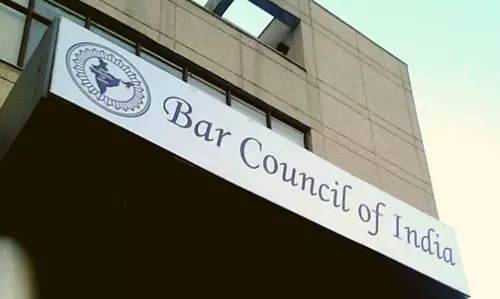
A moment engraved in history
text_fieldsIndia has created history and September 24, 2014 will be chronicled as an unforgettable day in the history of space exploration as the country’s first Mars Orbiter Mission, popularly known as Mangalyaan was successfully inserted into the red planet's orbit on Wednesday.
India became the first Asian country to reach Mars and also the first nation to successfully place a spacecraft on to the Martian orbit in its maiden attempt. it is now the fourth country in the world to launch a mission to mars other than the US, Russia and Europe. There have been 11 attempts so far by all space agencies in the World. A team of 14 top space scientists personally led by ISRO chairman Dr K Radhakrishnan put together the project in a record time of 15 months. The MOM is the country's first interplanetary mission and was launched by Polar Satellite Launch Vehicle (PSLV) from the Satish Dhawan space centre of Sriharikota in Andhra Pradesh on November 5, 2013. After its 300 day marathon and covering 67 crore kilometers, the spacecraft reached its destination. The mission has been completely flawless since its launch. On Monday, the scientists at ISRO had successfully test fired the liquid apogee motor (LAM) for four seconds after 300 days of sleep mode.
Prime Minister Narendra Modi and Karnataka Chief Minister Siddaramaiah were at ISRO Telemetry Tracking and Command Network (ISTRAC) in Bangalore to witness the historical moment. Modi called it a great achievement and said that the Hollywood movie Gravity cost more than India’s Mars mission. MOM is undoubtedly the cheapest inter planetary mission ever to be undertaken in the world. The project cost Rs 450 crore which is only about one-tenth of the $670 million NASA spent on its Maven explorer, the spacecraft which successfully completed its mission on Monday. Mangalyaan entered the Martian orbit exactly 48 hours after Maven. The cost effective nature of the project is being widely lauded by the world countries. India’s technological capabilities have helped cut costs.
Spending crores on the mission while the economy is currently in crisis along with poor living standards of the citizens, has led to considerable criticisms and controversies. It is also seen by many as India’s attempt to vie for technological supremacy upon China. The achievement however is a landmark to be etched in history. Mangalyaan is primarily meant to study the Martian atmosphere and its surface features, morphology and mineralogy by indigenous scientific instruments. It would collect data about the existence of water once believed to be present on the planet in large quantities and search for methane, a key chemical in life processes on Earth. The spacecraft is expected to circle Mars for at least six months helping to uncover the secrets of the red planet. India with its groundbreaking achievement has paved way for faster, cheaper and lasting inter planetary missions.























